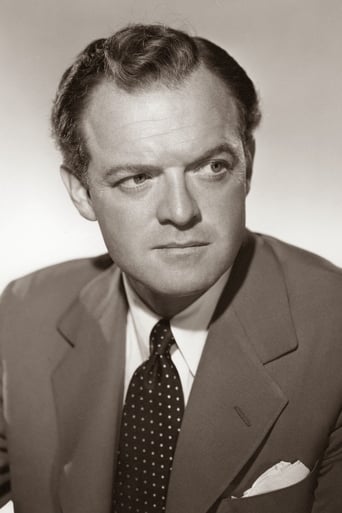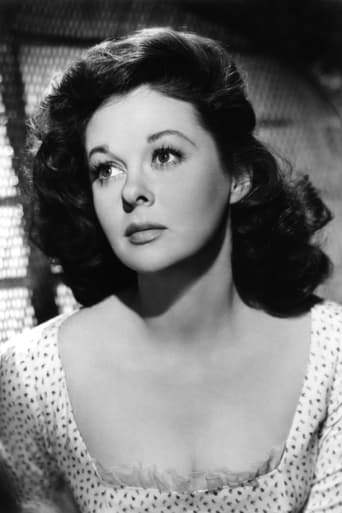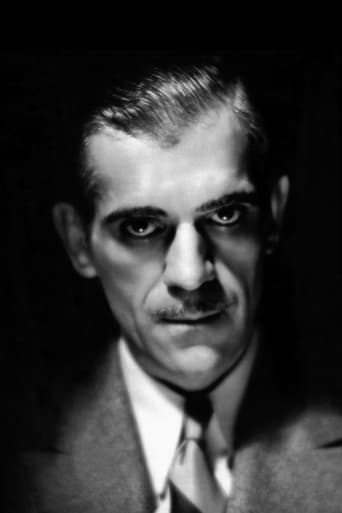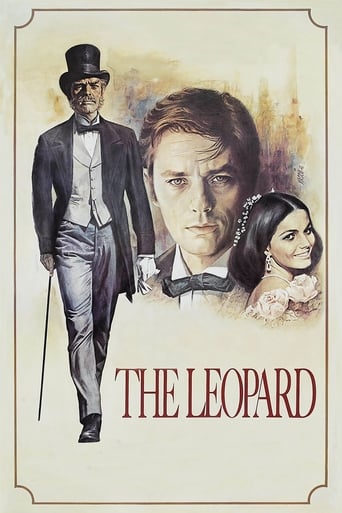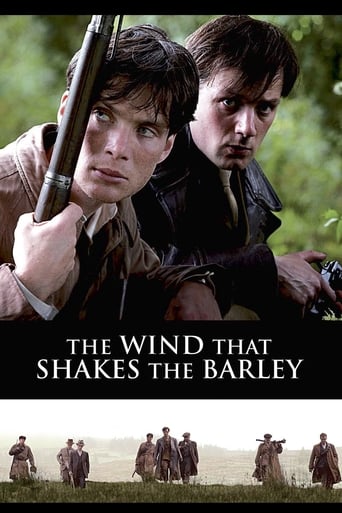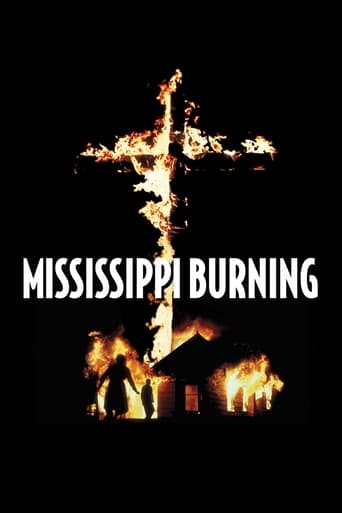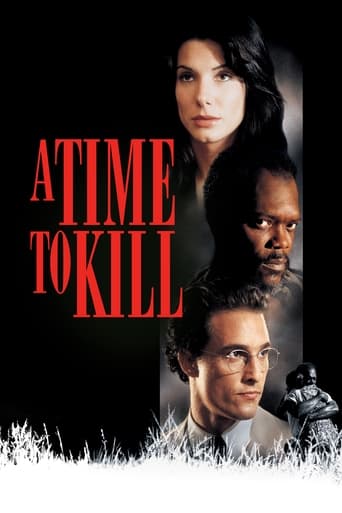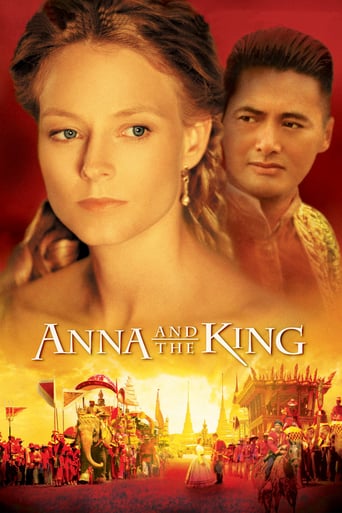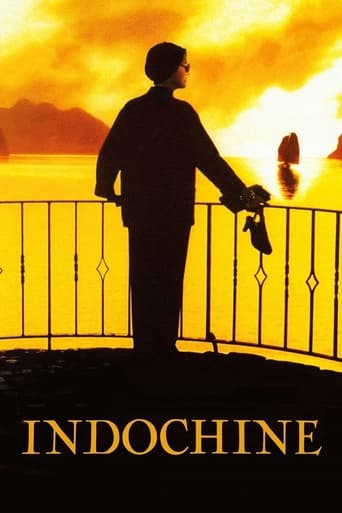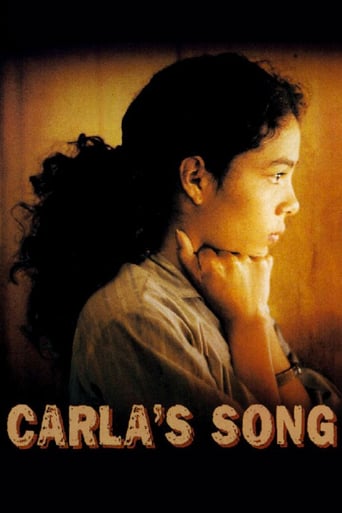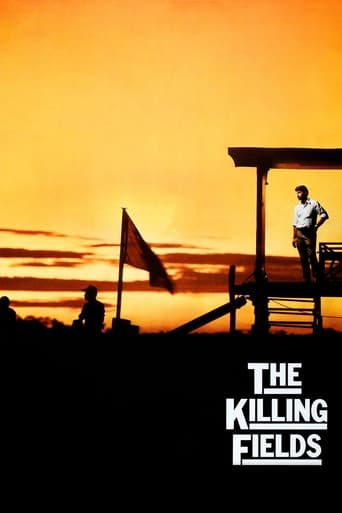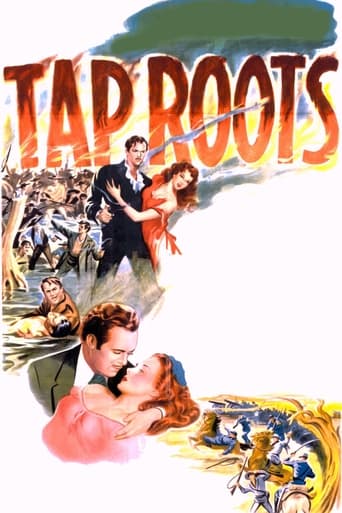
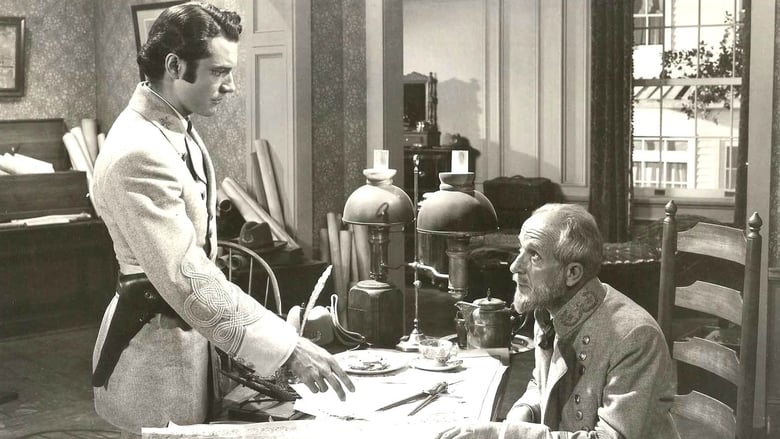
Tap Roots (1948)
Set at the beginning of the Civil War, Tap Roots is all about a county in Mississippi which chooses to secede from the state rather than enter the conflict. The county is protected from the Confederacy by an abolitionist and a Native American gentleman. The abolitionist's daughter is courted by a powerful newspaper publisher when her fiance, a confederate officer, elopes with the girl's sister. The daughter at first resists the publisher's attentions, but turns to him for aid when her ex-fiance plans to capture the seceding county on behalf of the South.
Watch Trailer
Cast


Similar titles
Reviews
From my favorite movies..
Clever, believable, and super fun to watch. It totally has replay value.
A movie that not only functions as a solid scarefest but a razor-sharp satire.
If you like to be scared, if you like to laugh, and if you like to learn a thing or two at the movies, this absolutely cannot be missed.
If you've read Gone with the Wind trivia, you know that hundreds of actresses vied for the role of Scarlett O'Hara. A twenty-year-old Susan Hayward was one of them, and to make up for her loss, Hollywood made Tap Roots ten years later. She stars as a feisty, flirty Southern belle on a large plantation just before the outbreak of the Civil War. There are two men in the picture: one she loves through thick and thin, even when he chooses another woman; and a strong, gruff one she bickers with who vows to make her love him. Sound familiar?Well, sorry Suzy, but Tap Roots is no Gone with the Wind. The acting is ridiculously over the top, the characters are thinly written, and the only likable one in the film is Boris Karloff, a friend of the family who's Native American and completely accepted by everyone-which is not very realistic for that time period. I was rooting for Suzy and Boris to get together, since he was the only one in the movie who seemed to care about her, but since the film was trying to mirror the 1939 epic, that ending seemed unlikely.Unless you absolutely love Susan Hayward, you're not going to want to watch this wannabe. Raintree County is a better pseudo-remake, and Scarlett is a thrilling sequel. Tap Roots is just stinky.
Copyright jointly by Universal Pictures Co., Inc. and Walter Wanger Pictures, Inc., 24 June 1948. New York opening at Loew's Criterion: 25 August 1948. U.S. release: August 1948. U.K. release: 31 January 1949. Australian release: 2 December 1948. U.S. and Australian release through Universal-International. U.K. release through J. Arthur Rank-General Film Distributors. U.K. and U.S. length: 109 minutes. 9,789 feet. Australian length: 9,431 feet. 105 minutes.SYNOPSIS: The Civil War. Seceding from Mississippi, the Dabneys of Lebanon Valley try to hold out against Southern troops.NOTES: Location exteriors filmed in the Smokey Mountains of Tennessee and North Carolina.COMMENT: A cut-price Gone With The Wind, ambitious yet overlong, with all the action saved for the last reel. Rather splendidly and expensively staged the action is too. Those viewers with stamina and patience enough to endure the slow-moving, long-winded plot, the cardboard characters and the posturing ("acting" is too generous a word) of such players as Susan Hay ward, Van Heflin, Ward Bond and Whitfield Connor, will doubtless enjoy the sudden excitement. A few may resent being roused from their slumbers.But most cinemagoers will not bother to see the film at all. A wise decision - they will avoid boredom and ennui - but they will miss out on some grand scenery, colorfully photographed by Winton Hoch. The interiors lit by Lionel Lindon are attractive too - glossily picturesque to contrast with the more rugged work of Mr Hoch. Technicolor also enhances the costumes and sets leaving little to the imagination, though Miss Hayward is not always seen at her best.Perhaps the blame for the mechanical performances of the principals must be largely apportioned to George Marshall who directs throughout in a rather static, lifeless style. He is not the right man for period soap opera. Comedy is his forte. Some of the support players are more fluent, particularly Julie London who steals every scene in which she is allowed to appear. Karloff has an odd role as a friend-of-the-family Choctaw Indian. He is miscast - but we enjoy seeing him anyway.
The story is about the Dabney family and it begins in Mississippi just before the Civil War. The Dabneys are a proud family and not in favor of secession. But they and the folks around them are a distinct minority and eventually they end up seceding from Mississippi once the state joins the Confederacy. Not surprisingly, the new Confederacy is NOT pleased that this county has joined the Union...and bad things are a comin'.But there's much more to the tale and it centers around Morna Dabney (Susan Hayward). She is vivacious and beloved by Clay--a man who loves the idea of war and secession. But when Morna is injured and it appears as if she'll never walk again, Clay shows his true colors...and the roguish Keith (Van Helfin) steps up and shows he really is a heck of a guy.This is enjoyable and with very nice acting. The only real problem is that what happens to the Dabneys and the county is pretty much foreordained and there are few surprises here. The story, by the way, was inspired by a similar situation in Jones county, where such a rebellion against the state of Mississippi occurred.
"Destry Rides Again" director George Marshall's American Civil War saga "Tap Roots" shares more in common with "Gone with the Wind" than "Free State of Jones." "North West Mounted Police" scenarist Alan Le May adapted James Street's 1942 novel about a Southern patriarch, Hoab Dabney (Ward Bond of "The Searchers"), who refuses to embark on war the rest of Mississippi with the Confederacy against Abraham Lincoln. "The Very Thought of You" writer Lionel Wiggam contributed additional dialogue. Since I haven't read Street's novel, I cannot attest to the film's fidelity to the novel. Hoab Dabney has a sprawling plantation style ranch in south central Mississippi that his ancestors carved out of the wilderness. The action unfolds on the eve of the war with everybody dreading the prospect of Lincoln taking up residence in the White House. Oddly enough, the protagonist of this spectacle isn't Hoab Dabney. Instead, newspaper publisher and writer Keith Alexander (a trimly mustached Van Heflin of "The Raid") is the central character. He totes a pair of black powder pistols and he dresses impeccably. Keith has his eyes on Hoab's beautiful, rambunctious daughter Morna (Susan Hayward of "Garden of Evil") who has her eyes glued on American officer Clay MacIvor (Whitfield Connor of "The Saracen Blade"), who hates Lincoln and resigns from the Union Army to become a Confederate officer when hostilities break out. Actually, despite the fact that Jones County native James Street was inspired to write his novel owing to the exploits of Newton Knight, he appears to have been inspired more by Margot Mitchell's "Gone with the Wind." The Newton Knight character Hoab Dabney retreats into the background as a muddled, misguided peripheral character who dominates the action with his refusal to follow Mississippi. The romance between Morna and Clay assumes paramount importance in this Universal-International production. Disaster strikes when Morna is thrown off her horse and injures her spine so badly that Dabney physician Dr. MacIntosh (Griff Barnett of "Santa Fe Stampede") informs everybody that Morna will never walk again. Hoab's close friend, a Native American appropriately named Tishomingo (Boris Karloff of "Frankenstein") rejects MacIntosh's diagnosis and vows to have Morna back on her feet and walking again. Tishomingo believes that relentlessly massaging the leg will restore Morna's ability to perambulate. Meantime, a disillusioned Clay strikes up a romance with Hoab's other daughter, Aven (Julie London of "Nabonga"), and Keith spots them pitching woo. Naturally, Keith moves in on Morna, but she initially rebuffs his advances. Eventually, and inevitably, these two will be drawn together, while Clay shed his blue uniform for a gray one, and Hoab decides to withdraw from the Confederacy. Clay is ordered to arrest Hoab, and Hoab assembles an army, but the Confederates have them surrounded and cut off from the outside world so that Keith cannot get a caravan of arms and ammunition through after the rainy season sets in and turns everything to mud. Marshall and his scenarists carefully set up the dramatic oppositions with Clay emerging as the chief villain and Keith as the steadfast hero. After Clay and his combined Confederate artillery and cavalry attack, Hoab staggers about in a daze when explosions rip his own plantation style ranch apart and this militia scrambles into the swamps. Despite the lack of historical accuracy and the "Gone with the Wind" template, "Tap Roots" isn't a bad movie, merely a formulaic one, but what is particularly galling is that the Confederacy is triumphant in the end when Jefferson Davis' minions were not so in reality. Hoab employs a "Gone with the Wind" maid, Dabby (Ruby Dandridge of "Cabin in the Sky") who does everything out of the goodness of her heart. Marshall does generate suspense and excitement during the final half-hour as it looks like Clay will wipe out Hoab's men despite Keith's best efforts. Universal-International looks like the studio blew a bundle on this Civil War epic. As somebody pointed in the goofs section, mountains can be seen rearing up in the background, and Mississippi has no mountains. Initially, I thought that they might have been pine-clad hills. The photography is excellent as are the performances and the lush production values.


